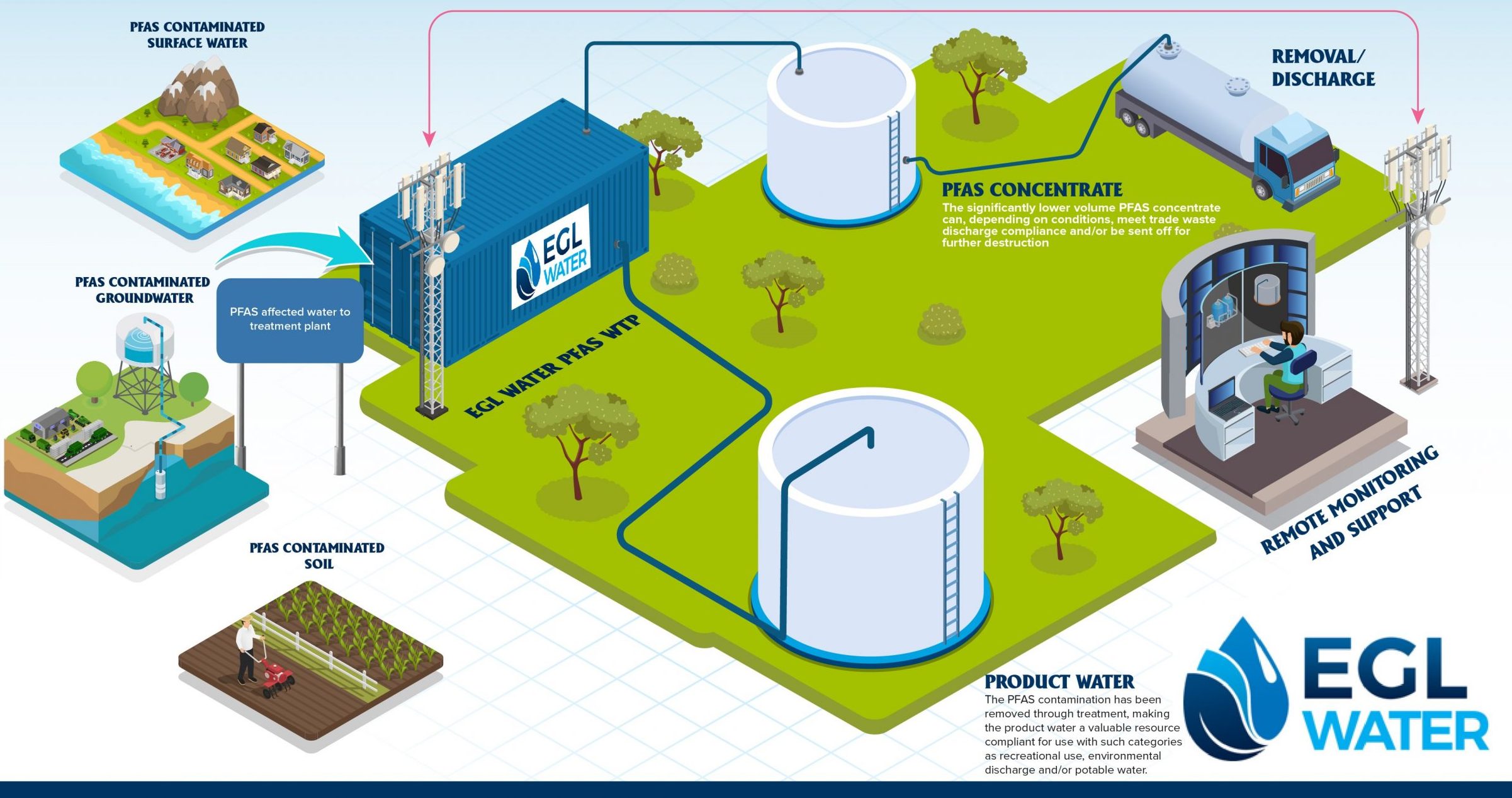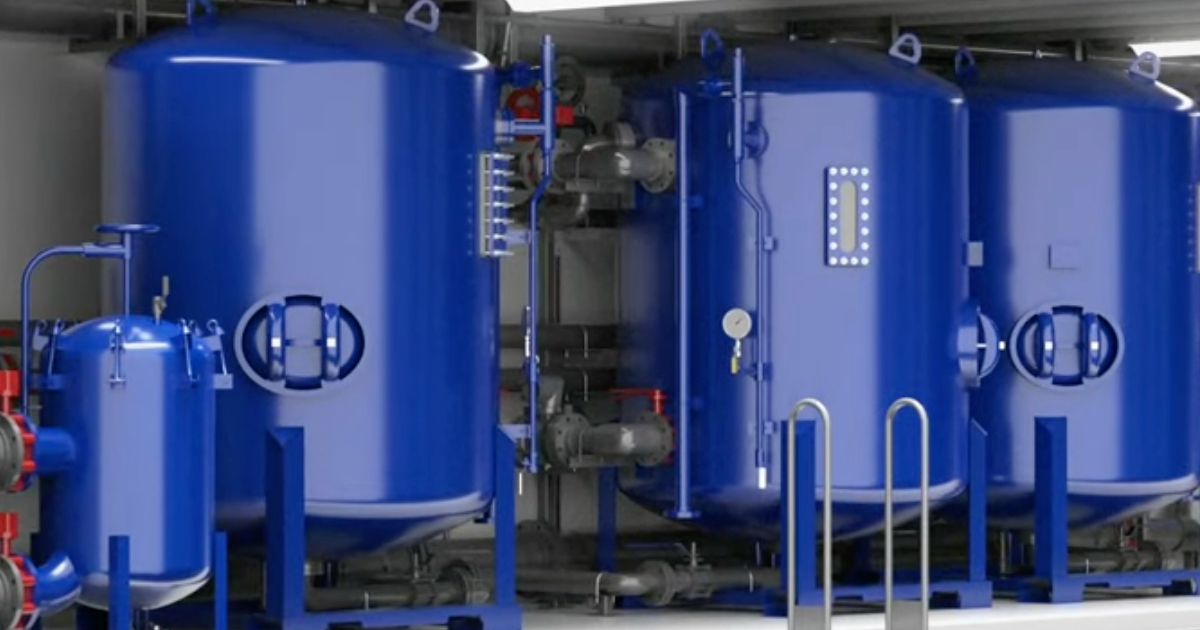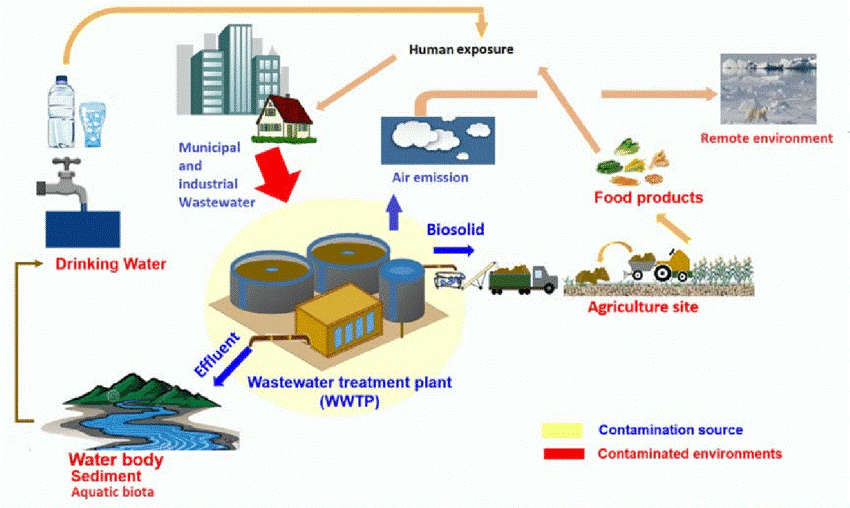Just How PFAS Treatment Makes Certain Tidy and Sustainable Water
The presence of PFAS, typically called "permanently chemicals," positions substantial difficulties to water quality and public health. Advanced treatment innovations, including activated carbon adsorption and membrane filtering, have actually emerged as efficient services to reduce these contaminants. By employing these approaches, areas can not only achieve cleaner water however likewise foster sustainable techniques that shield ecosystems. The effects of these therapies prolong past immediate health benefits; they increase crucial concerns about long-lasting water management strategies that must be dealt with to make sure a resistant future. What does this mean for our strategy to water sustainability?

Understanding PFAS Contamination
PFAS, or per- and polyfluoroalkyl substances, have become a considerable environmental problem due to their prevalent frequency and perseverance in the environment. These synthetic chemicals have actually been made use of in different commercial applications and customer products, consisting of non-stick kitchenware, water resistant apparel, and food product packaging, as a result of their special properties such as water and oil resistance.
The contamination of dirt and water sources by PFAS occurs primarily with industrial discharges, firefighting foam use, and seeping from garbage dumps. pfas management. When launched, these compounds are resistant to deterioration, resulting in their build-up in the atmosphere. This determination raises important concerns, as PFAS can take a trip fars away via groundwater and surface area water supply, affecting drinking water materials and ecosystems

Wellness Dangers of PFAS
The perseverance of PFAS in the environment raises considerable health problems for people exposed to these materials. Research study has connected PFAS direct exposure to various damaging health effects, consisting of immune system disorder, liver damage, and increased threat of certain cancers.
The ubiquity of PFAS in consumer items, such as non-stick cooking equipment, water-repellent fabrics, and food packaging, additional amplifies the risk of exposure. Consuming alcohol water polluted with PFAS is a considerable problem, as these chemicals can seep into groundwater sources. Susceptible populations, consisting of children and those living near industrial sites, might deal with heightened dangers as a result of their creating systems and possible for greater exposure degrees.
As recognition of these wellness threats remains to expand, regulatory companies are beginning to develop standards for PFAS levels in drinking water. Public wellness initiatives are vital to reduce exposure and shield neighborhoods from the long-term results of these harmful substances.

Cutting-edge Therapy Technologies
Exactly how can we successfully deal with the challenges presented by PFAS contamination in water sources? Cutting-edge therapy technologies are emerging check out this site as important remedies in the quest for tidy water. These methods concentrate on the elimination or damage of per- and polyfluoroalkyl substances (PFAS), which are notorious for their persistence in the atmosphere.
One promising approach is adsorption making use of sophisticated products, such as triggered carbon and ion exchange resins. These products have shown effectiveness in catching PFAS particles from water. One more significant innovation is membrane filtration, which makes use of nanofiltration and reverse osmosis to different contaminants at the molecular degree, thus providing an obstacle against PFAS.
Additionally, progressed oxidation procedures (AOPs) utilize solid oxidants to break down PFAS substances right into safe by-products. This approach is particularly efficient for dealing with very infected water sources. Bioremediation methods, using particular microorganisms, are likewise being discovered to break down PFAS.
As study continues, hybrid systems that incorporate several technologies may provide enhanced performance, addressing the intricacies of PFAS contamination. The development and execution of these innovative treatment modern technologies are necessary steps toward making sure the safety and sustainability of our water resources.
Advantages of Effective PFAS Treatment
Effectively dealing with PFAS contamination in water sources considerably boosts public wellness and ecological safety and security. PFAS, commonly referred to as "for life chemicals," are immune to degradation and can accumulate in the human body, bring about severe health and wellness risks such as cancer, liver damages, and body immune system dysfunction. By executing efficient treatment techniques, communities can reduce exposure to these dangerous compounds, inevitably enhancing the health end results of their populations.
In addition, successful PFAS treatment adds to the conservation of local ecological communities. Infected water can negatively impact marine life and interrupt the fragile equilibrium of local habitats. By making sure tidy water, therapy procedures protect biodiversity and preserve eco-friendly integrity.
In addition, effective PFAS remediation can cultivate public self-confidence in water top quality. When communities are assured that their drinking water is totally free from hazardous pollutants, it promotes a sense of security and well-being. This depend on is important for community engagement and assistance for ongoing water administration campaigns.
Future of Water Sustainability
Amid growing worries regarding water quality and shortage, the future of water sustainability rests on innovative techniques and collaborative efforts. As areas face the looming dangers of pollutants like PFAS, the growth of advanced therapy technologies is important. These technologies not just concentrate on the elimination of damaging materials yet additionally advertise the reuse and recycling of water, consequently lowering general need.
Furthermore, effective water governance plays a vital role in making sure sustainable practices. Policymakers have to incorporate scientific our website study with governing frameworks to establish clear guidelines for water use and therapy. Stakeholder involvement, consisting of neighborhood communities and markets, cultivates a sense of navigate to these guys shared duty and urges sustainable methods throughout different sectors.
Financial investment in infrastructure is also essential; upgrading aging systems to incorporate modern-day filtration and filtration approaches can significantly boost water top quality. Furthermore, embracing green modern technologies, such as natural purification systems, can supply green remedies.
Eventually, the future of water sustainability depends on a holistic strategy that combines technology, plan, and community participation. By focusing on these aspects, we can secure our water sources for generations to come, guaranteeing tidy and sustainable water for all.
Verdict
To conclude, the efficient therapy of PFAS is crucial for making certain clean and sustainable water. By utilizing advanced technologies such as triggered carbon adsorption, membrane purification, and advanced oxidation processes, communities can considerably decrease the health dangers connected with these pollutants. Moreover, the combination of these therapy methods supports ecosystem security and boosts biodiversity. Ultimately, durable PFAS treatment techniques add to long-term durability in water monitoring, cultivating public rely on water top quality and promoting sustainable practices.